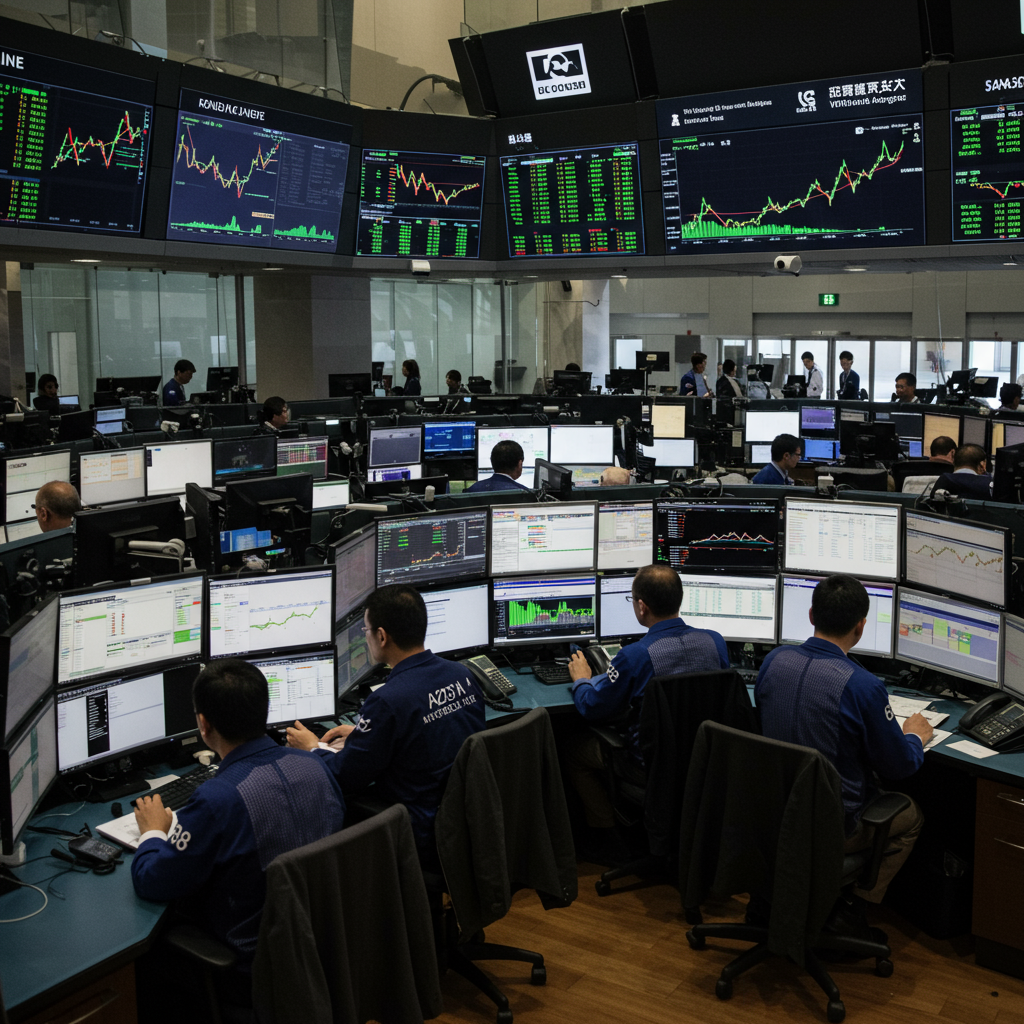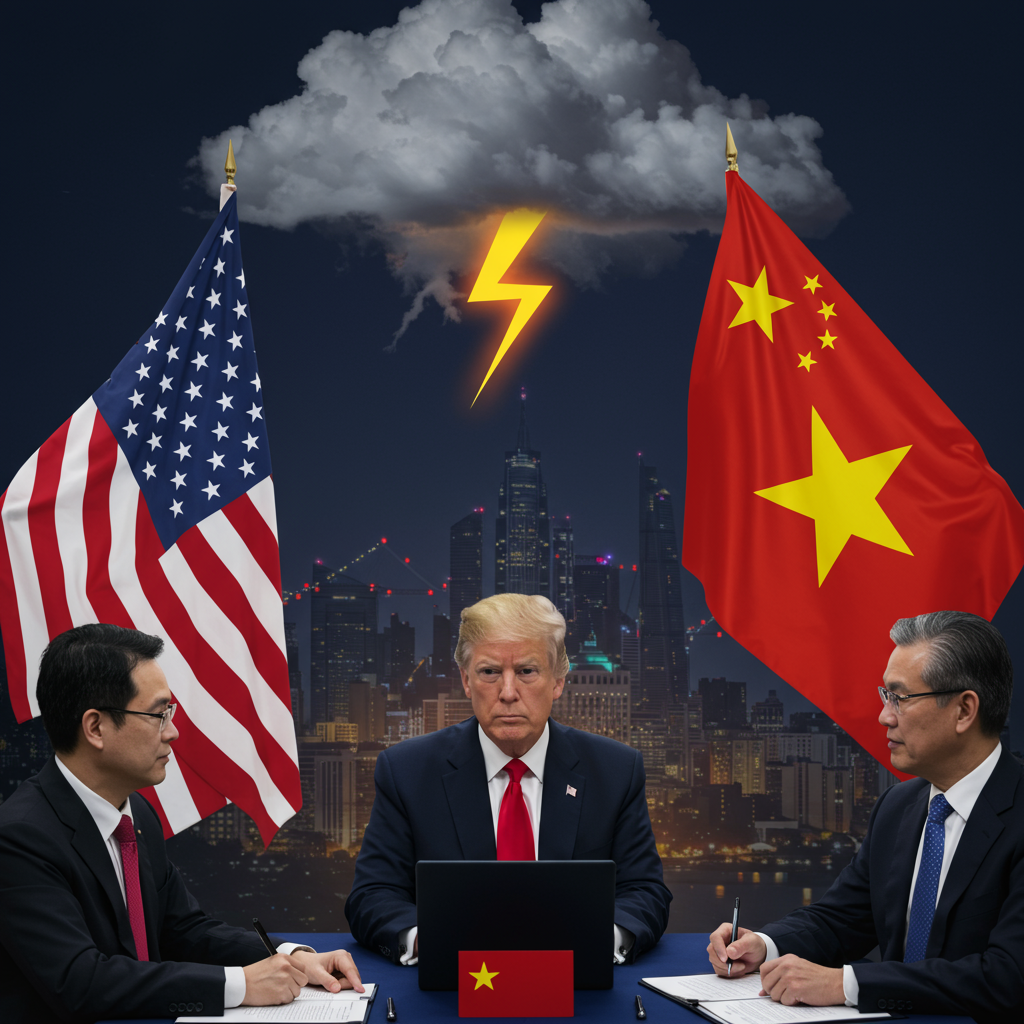Asian markets are experiencing a significant surge, with investor optimism taking hold as previous fears surrounding trade tensions begin to recede. After a period of market turmoil in April, driven by concerns over a potential full-blown trade war and inflationary pressures that could constrain central bank actions, trading desks across the region are now bustling with activity.
This palpable rebound is evident across various financial indicators. MSCI’s Asia equities index has climbed 25% to reach a four-year high, while a softening US dollar has bolstered regional currencies to their strongest levels since October. Capital markets are particularly buoyant; companies are actively raising funds, with share sales including IPOs exceeding $90 billion year-to-date – a substantial 25% increase from the same period last year. The debt markets are also recovering, with yield premiums on Asian investment-grade dollar bonds tightening significantly, nearing record lows seen in February.
Why Are Investors Shaking Off the Jitters?
Market strategists suggest the shift is primarily due to investors reassessing their previous pessimism regarding potential US tariffs. There’s a growing belief that concerns over aggressive trade policies, particularly “Trump’s tariffs,” might have been overstated, and perceived flexibility in trade negotiations is fueling optimism.
Furthermore, the inherent resilience of Asia’s export-reliant economies is coming to the forefront. A persistently softer US dollar makes Asian assets more attractive, drawing substantial inflows into instruments like Asian sovereign bonds as investors diversify portfolios. Regional central banks easing monetary policy has also played a role. Countries like South Korea have seen significant sovereign bond inflows, partly aided by local factors like reduced political uncertainty. Portfolio managers view Asia as offering valuable balance and defensiveness, citing favorable fiscal and external positions in many regional economies.
The Lingering Shadow of Trade Uncertainty
While markets are currently bullish, the aggressive tariff policies proposed and enacted by the US administration initially created significant global market volatility. These included a 10% baseline tariff and much higher rates on specific countries and goods, with threats of escalating duties, particularly against China. This led to notable market drops and fears of disrupted global supply chains and economic growth slowdowns.
The potential economic impact of these tariffs, especially regarding inflation, remains a point of discussion even in the US. Federal Reserve officials are cautiously assessing how businesses will navigate increased costs – whether they pass them on to consumers, seek alternative supply routes, or find ways to bypass trade barriers. This uncertainty about the full effect of tariffs continues to factor into decisions around future monetary policy.
Despite the current rally, potential renewed US trade actions present a near-term risk. Deadlines linked to tariff reinstatements and ongoing trade negotiations mean that trade news remains a critical, potentially volatile, factor for Asian markets.
Looking Ahead: Resilience Meets Caution
The strong rebound highlights the resilience of Asian markets and their ability to attract capital amidst a complex global economic landscape. However, the trade environment remains fluid and sensitive to political developments. While investors have currently pushed past the immediate “trade jitters,” staying attuned to policy shifts and negotiation outcomes will be crucial for navigating the path ahead.




